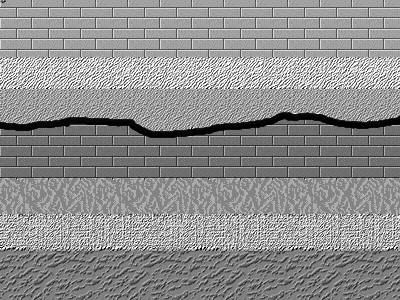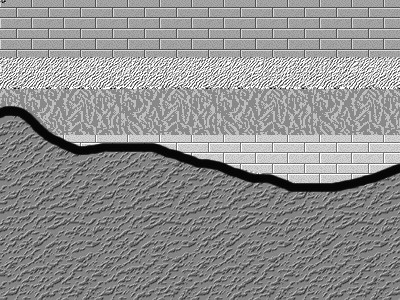34 Unconformities
Elizabeth Johnson
An unconformity is a buried erosional or non-depositional surface separating two rock layers or strata of different ages, indicating that sediment deposition was not continuous. In general, the older layer was exposed to erosion for an interval of time before deposition of the younger layer, but the term is used to describe any break in the sedimentary geologic record.
The rocks above an unconformity are younger than the rocks beneath. An unconformity represents time during which no sediments were preserved in a region. The local record for that time interval is missing and geologists must use other clues to discover that part of the geologic history of that area. The interval of geologic time not represented is called a hiatus.
Unconformities are often shown as wavy irregular eroded surfaces in geologic time diagrams.
Disconformity
A disconformity is an unconformity between parallel layers of sedimentary rocks which represents a period of erosion or non-deposition.

By דקי – Own work, CC BY-SA 3.0, Link
Nonconformity
A nonconformity is an unconformity between an older igneous or metamorphic rock and younger sedimentary rock layers.

By דקי – Own work, CC BY-SA 3.0, Link
Angular Unconformity
An angular unconformity is an unconformity between older tilted layers of sedimentary rock (Tilted Beds and Strike and Dip) and younger horizontal sedimentary rock beds.

By דקי – Own work, CC BY-SA 3.0, Link
Test your understanding
Figure 0. Woudloper / CC BY-SA (https://creativecommons.org/licenses/by-sa/1.0).
References
Text modified from https://en.wikipedia.org/wiki/Unconformity CC-BY-SA.


